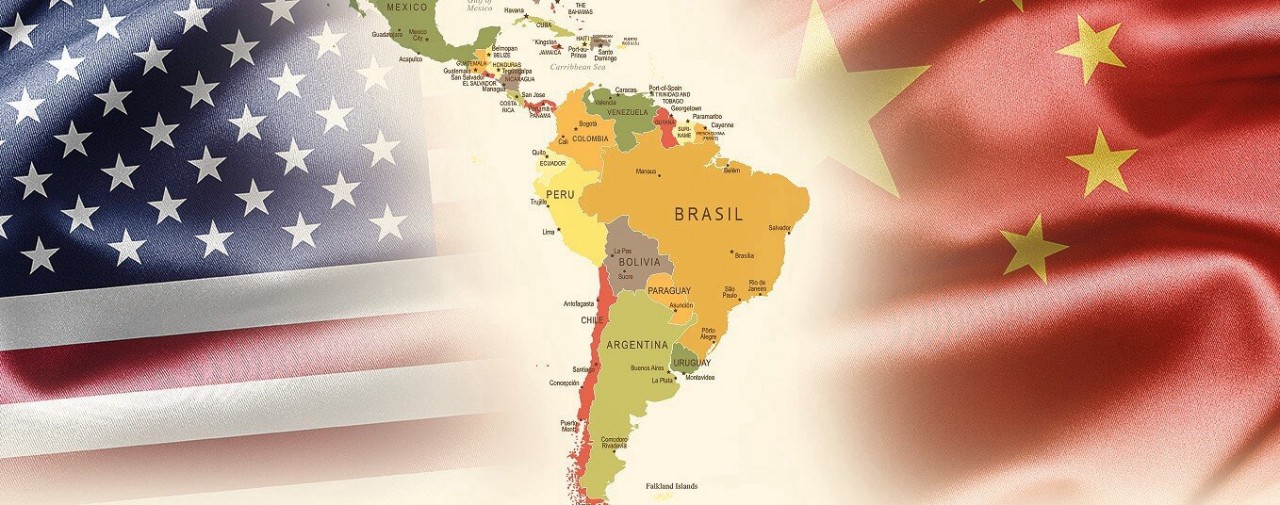 |
| China plans to expand its influence, not afraid to enter America's 'backyard', should Washington worry? (Source: asiapowerwatch) |
Speaking at a congressional hearing in early March, General Laura Richardson, head of the US Southern Command, warned that China's actions in South America were posing a threat to the country's security.
According to General Richardson, Beijing is making steady progress to replace the United States as the leading nation in Latin America and the Caribbean.
Challenges right "behind" America
In fact, although China's presence in the region has increased significantly over the past decade, it is unlikely that Beijing will replace the United States as the dominant political, economic, and military power in Latin America in the near future.
Economically, China has penetrated South America and the Caribbean – regions where US power once seemed unchallenged.
Since the late 1990s, China’s interest in South America and the Caribbean has grown, even exploded, year after year. To sustain its unprecedented economic growth, Beijing has searched the globe for oil and other raw materials. In 2000, the Asian nation’s trade with the region totaled just $12 billion, but by 2021, it had grown to $314.8 billion.
In 2023, China will become the largest trading partner of nine countries in the region: Argentina, Brazil, Bolivia, Cuba, Chile, Peru, Paraguay, Uruguay and Venezuela.
Latin America and the Caribbean have long been considered “America’s backyard,” so despite impressive trade growth between China and the region, Washington remains the region’s largest trading partner. In 2020, US trade with the region was $758.2 billion, more than double that of China, but 71% of that trade was with Mexico.
In 2021, Chinese foreign direct investment in Latin America and the Caribbean totaled $130 billion. Before the Covid-19 pandemic, China was the region’s largest lender. Its development banks issued $66.5 billion in loans — mostly for infrastructure projects, giving Chinese companies better access to Latin America and the Caribbean’s rich natural resources. A small portion of these loans were provided under the Belt and Road Initiative (BRI).
Should Washington be worried?
Although China's economic footprint in the region has grown significantly, the United States and the European Union (EU) remain the largest foreign investors, accounting for 36% and 34% of total investment, respectively.
It seems that the timing is not in China’s favor, as China faces an economic downturn due to the Covid-19 pandemic, and its lending to the region has become limited. And when countries in Latin America fell into financial crisis, Western institutions such as the International Monetary Fund, not China, provided the majority of loans for the region’s structural adjustment.
With China’s economic influence in the region still “modest,” its political and diplomatic influence is also unclear. For example, although Beijing has been Brazil’s largest trading partner for more than a decade, there has been some controversy over its role in both the left- and right-wing governments of Brasília.
Or in Panama, after relentless US pressure, several multi-billion dollar infrastructure contracts originally awarded to Chinese companies were canceled and reassigned to South Korean and Japanese firms.
During his congressional testimony, General Richardson also warned that China has increased its support for regimes opposed to the United States in the region, including Venezuela, Cuba, and Nicaragua. But in reality, with the exception of Venezuela, China’s investment and trade with these countries are very small compared to its presence in most other countries in the region.
In the case of Cuba and Nicaragua, for China, the economic situation and US sanctions make these economies less attractive than other partners in the region.
Of course, in terms of defense and security, the US is still firmly entrenched with dozens of bases and other facilities, and is certainly the ultimate security guarantor for the region. However, challenges on the economic front are increasing.
Currently, in this region, there is still no other power - including the Russian Federation - that can challenge the economic dominance of the United States. Apart from Cuba, Russia's trade and aid to the region are negligible and its diplomatic influence is limited.
The problem is, while most countries in the region want to maintain close ties with the US, they also want to benefit from China's huge trade and investment flows.
Before the pandemic, total trade between China and Latin America reached $314.8 billion. The Northeast Asian country’s foreign direct investment (FDI) in the region was about $130 billion, and net development loans from the China Development Bank and the Export-Import Bank of China were about $66.5 billion.
Taking 2000 as a base, the figures in all three investment categories have increased exponentially.
However, as FDI and trade flows softened during the pandemic, China’s development lending to the region fell to zero in 2020. With two years of operations in Latin America and the Caribbean, the BRI accounts for just a few million dollars of the $43.5 billion disbursed by Chinese policy banks between 2015 and 2019.
Analysts say that despite China's growing presence and importance as the world's second-largest economy in the global south, Beijing's rapid buildup of such a strong image and presence in Latin America and the Caribbean is largely due to the US's neglect of the region.
So now, the US can no longer take this region for granted as its secure “backyard”. Perhaps it is time for Washington to start considering Latin America as its “front yard”.
Source


![[Photo] Magical moment of double five-colored clouds on Ba Den mountain on the day of the Buddha's relic procession](https://vphoto.vietnam.vn/thumb/1200x675/vietnam/resource/IMAGE/2025/5/9/7a710556965c413397f9e38ac9708d2f)




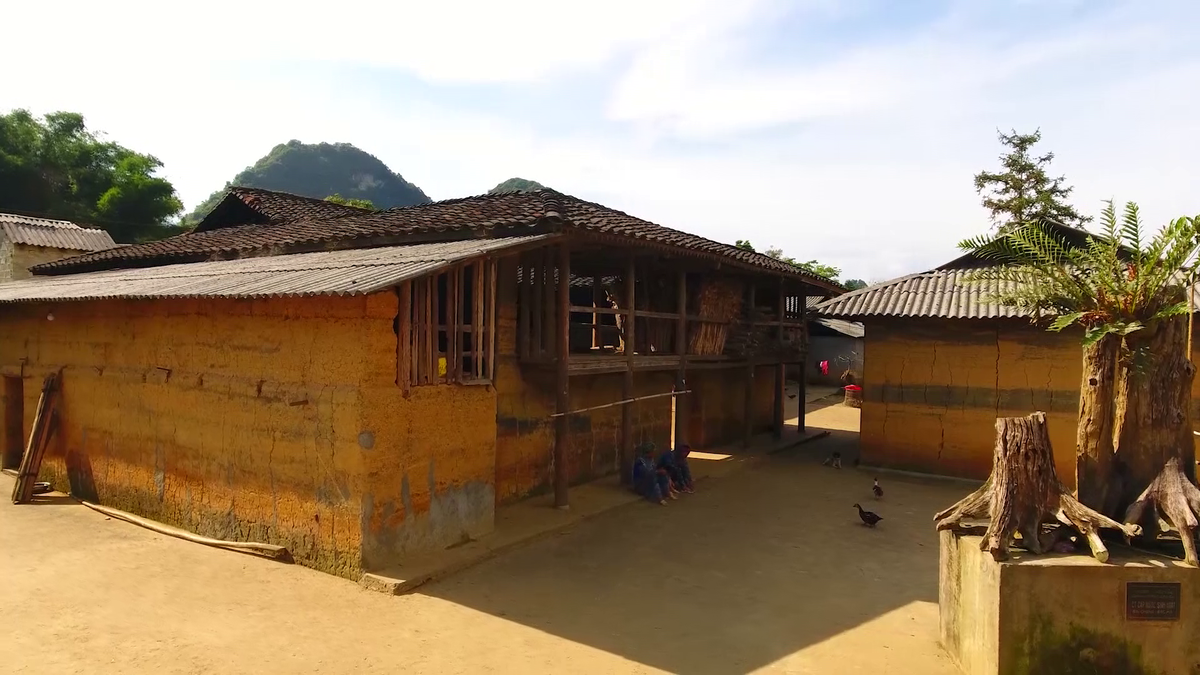


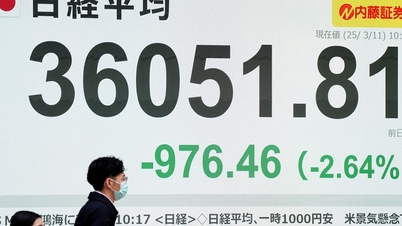




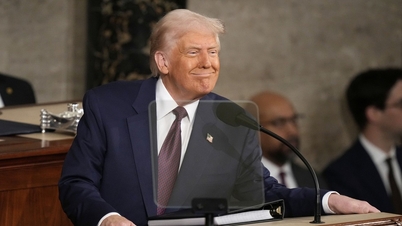
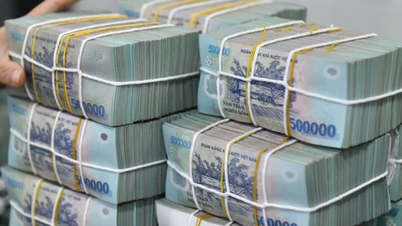
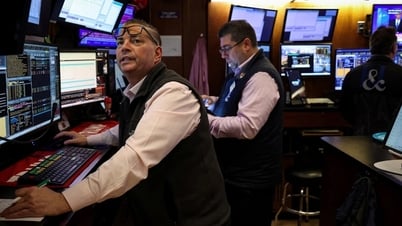


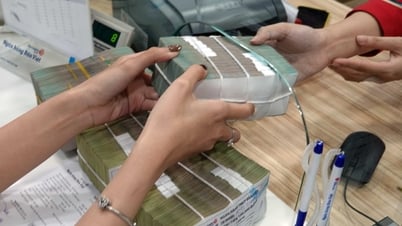









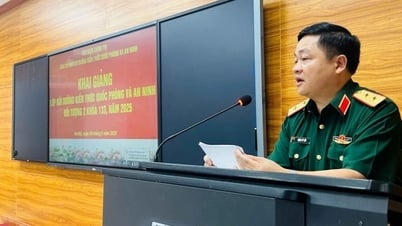


![[Photo] General Secretary To Lam begins official visit to Russia and attends the 80th Anniversary of Victory over Fascism](https://vphoto.vietnam.vn/thumb/1200x675/vietnam/resource/IMAGE/2025/5/8/5d2566d7f67d4a1e9b88bc677831ec9d)
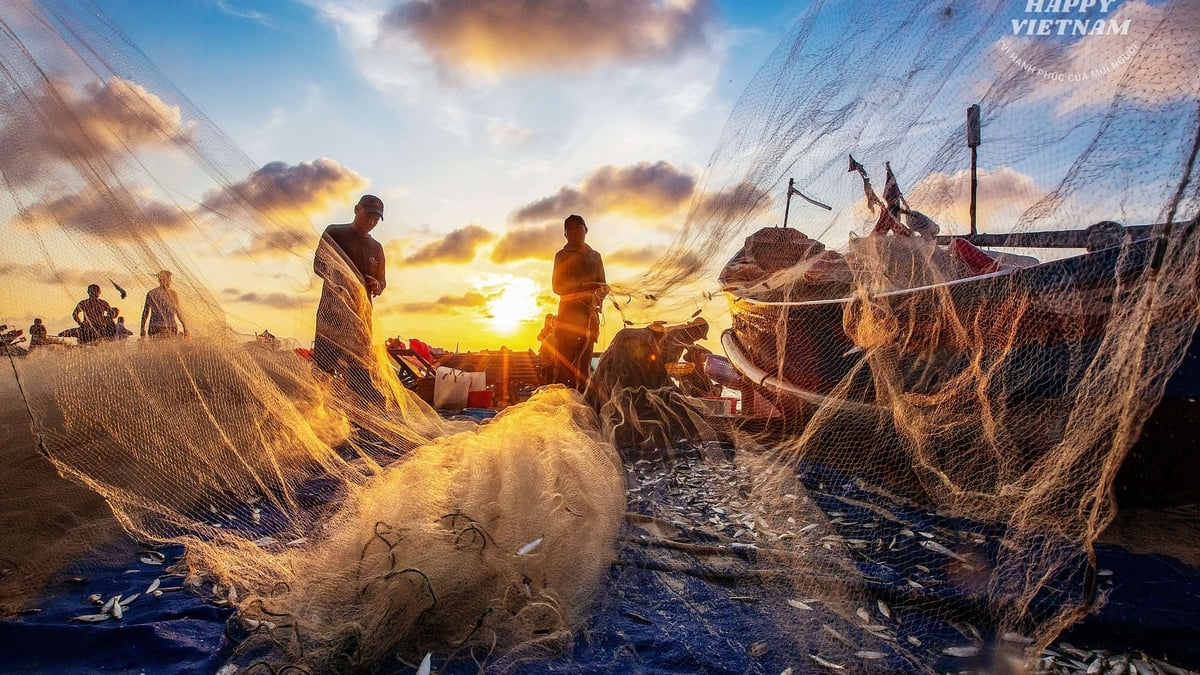
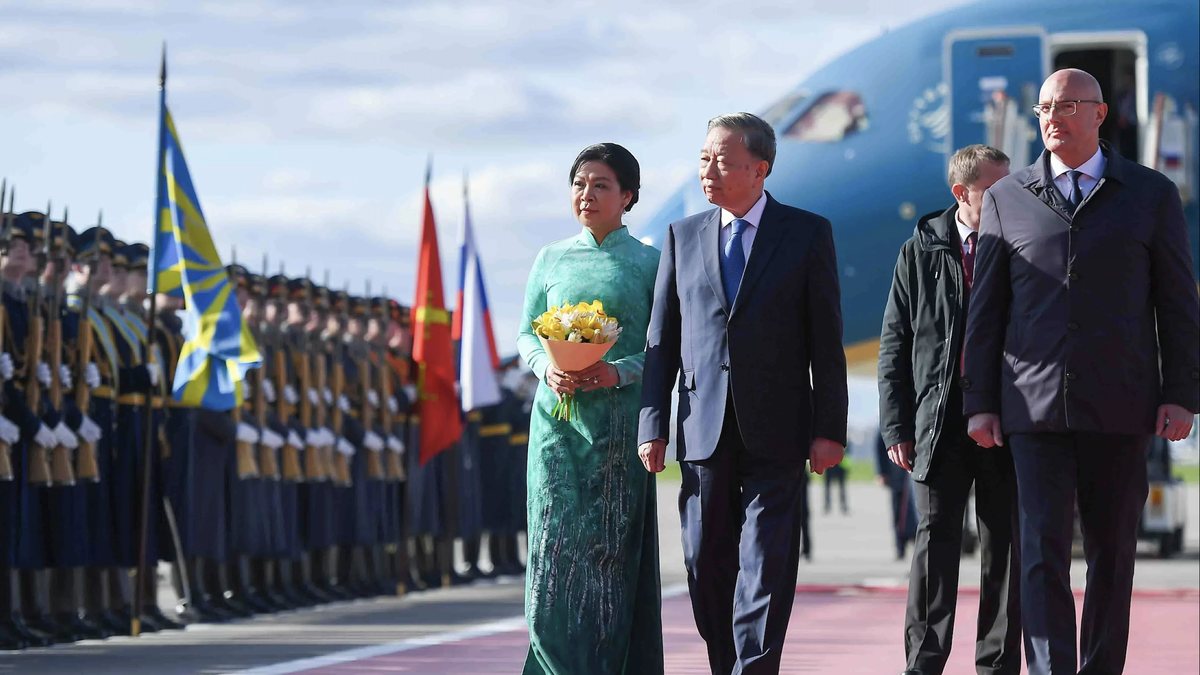





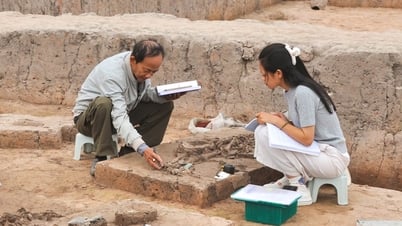


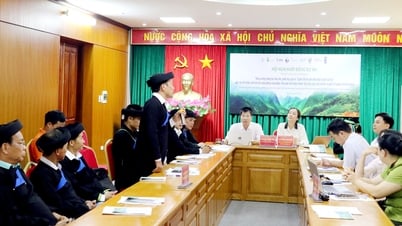



















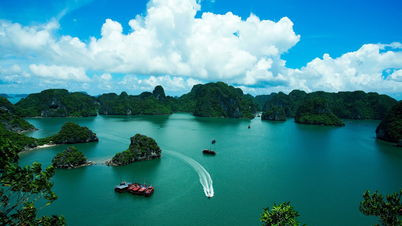
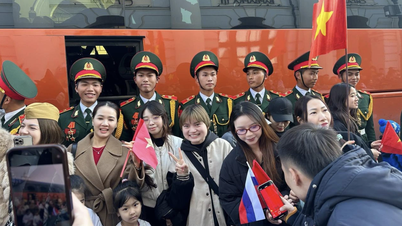





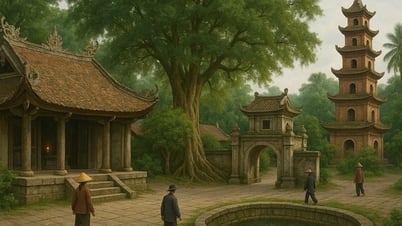



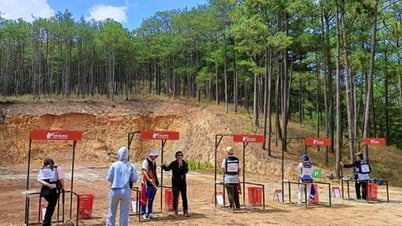
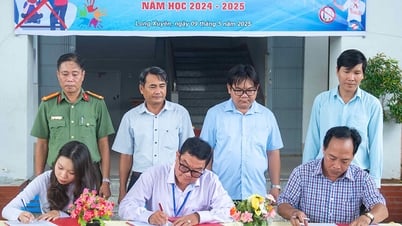

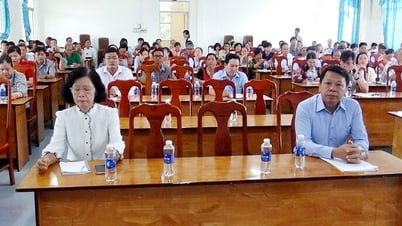




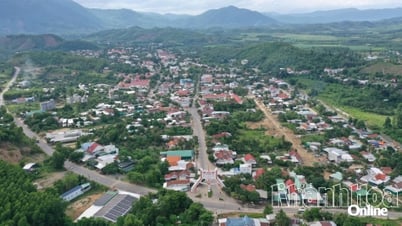











Comment (0)